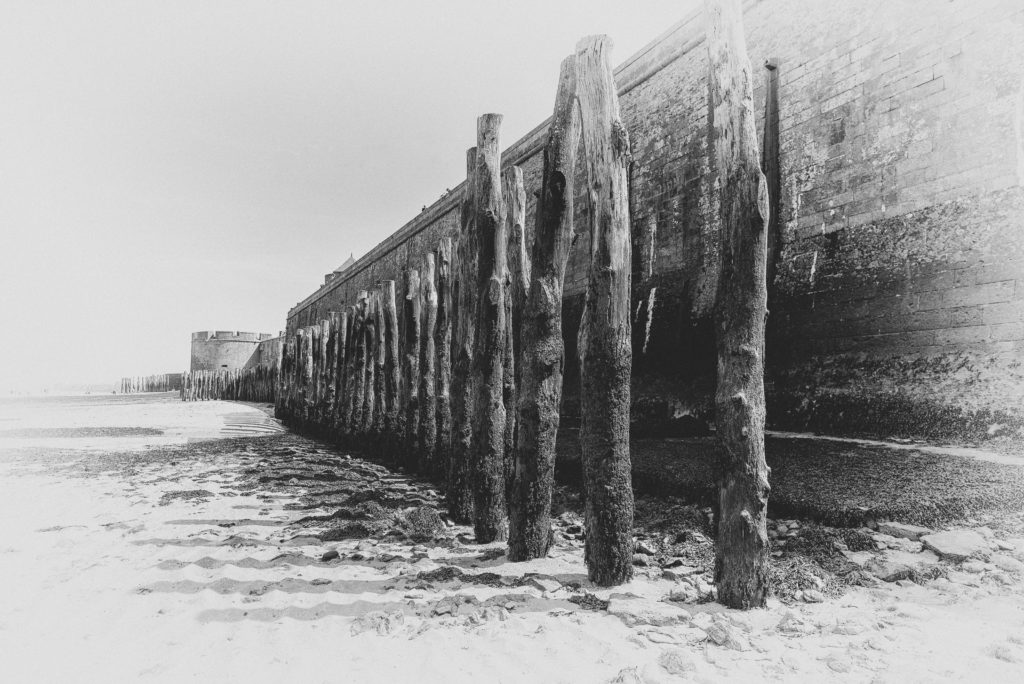As DPReview’s Nigel Danson reminds us, and to quote Ansel Adams: “There are no rules for good photographs. There are just good photographs”.
They are no rule for good photographs, fair enough, but I am convinced they are rules to define and detect the poor ones, whatever poor may mean for the photographer. In a digital world, we can take really a lot of pictures. I shoot 10’000-20’000 photos per year (a pro can shoot over 100’000 per year). I don’t use more than 1’000 of them. I like to believe it is important to delete most of them, just to make my life simpler when I will start the post process steps and when I look back at my images, for search or for other reasons.
Less is more?
Taking a lot of picture is not always bad habit, but at the end of the day, we all must cope with this huge and useless number of poor pictures. Therefore, it seems important to define some tangible rules that one can apply manually or through software to eliminate the wrong ones as early as possible in the workflow. Ideally, this should be done at “run time” during the shot itself, which is certainly possible if images are uploaded real time to the cloud and analyzed right away .
But to be more concrete, let’s say there is a need to detect and delete (non exhaustively):
- Images poorly exposed,
- Motion blur (not on purpose) and focus blur (not on purpose as well),
- Useless duplicates (and whatever it may mean).
Many photographers may claim there is no way to detect poor images programmatically due to the non-deterministic nature of art. For instance, histogram might be not enough to detect poorly exposed image. At the same time, it will be difficult to convince me that when a photographer fails to take the photo like wanted, it is worth being kept as soon as one believe there is quality standard to comply with when it comes to art. It is also about being disciplined and mastering what we are doing. So, it may not be acceptable to continue working on images for which we wrongly set up too high ISOs, too slow speed or with the main subject not in focus like we wanted.
It is simple, but not easy
As a conclusion, I tend to disagree about the impossibility to detect poor images by a software. And it is certainly possible to detect poor images automatically and get rid of them. It will not be the same for any photographer, everyone might have to set up the quality level acceptable in terms of exposure, acutance and duplication.
It may be very difficult to delete all the poor images but fine tuning the parameters and the algorithms so that we get rid of most of the non interesting ones would be more than good practice. It would save time and let the photographer focus at what really matters: the good photographs, for which there is indeed no rules.
